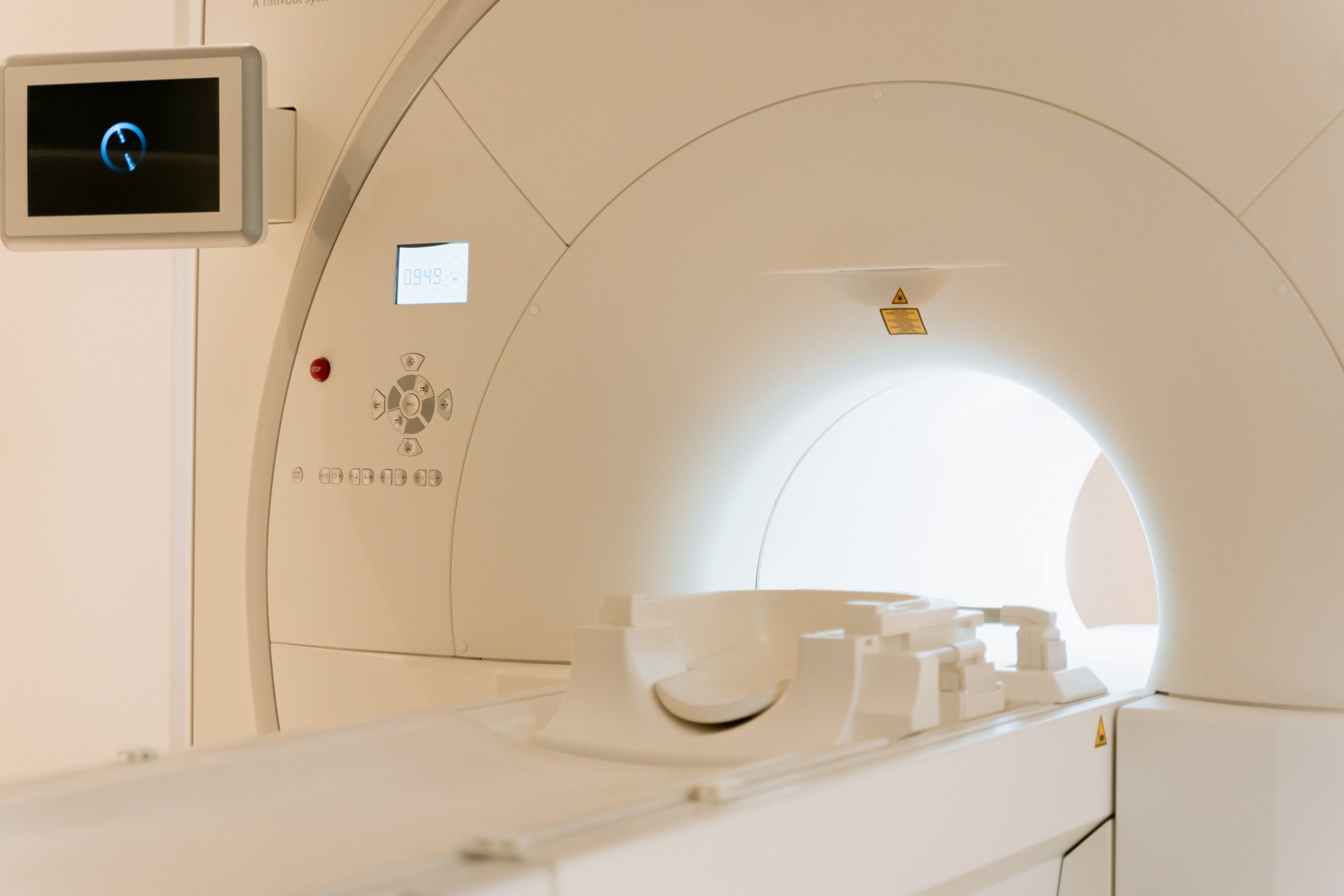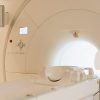$0.00
The Roaring Echoes: Understanding Why MRIs Can Be Loud and Lengthy
If you’ve ever undergone a magnetic resonance imaging (MRI) scan, you’re likely well aware that it’s far from a quiet or swift experience. MRIs, despite being invaluable tools for healthcare, are known for their cacophonous symphony and relatively lengthy procedure. But why are MRIs so loud, and why do they take the time that they do? This article delves into the science behind the clamor and the length of MRI scans.
The Science of MRI Noise:
The source of the formidable noise during an MRI scan is the interaction between the machine’s strong magnetic fields and radio waves with the protons in your body’s hydrogen atoms. Here’s how it works:
- Magnetization: When you lie within the MRI machine, your body’s hydrogen atoms align with the powerful magnetic field. This process is not inherently noisy.
- Radiofrequency Pulse: To produce the images, the MRI machine generates short bursts of radiofrequency (RF) pulses. These RF pulses force the hydrogen atoms to flip from their aligned state to a different orientation, creating a signal that will be used to generate the images.
- Relaxation: After the RF pulse, the hydrogen atoms gradually return to their original alignment with the magnetic field, emitting energy as they do. This energy, measured as sound, is what we hear as the loud knocking or tapping noises during an MRI scan.
The noise varies in pitch and volume, and it can be rather disconcerting for some patients. Thankfully, modern MRI machines are designed with ear protection in mind, and patients typically wear earplugs or headphones to help mitigate the noise.
The Length of MRI Scans:
While the noise during an MRI scan may be unsettling, the length of the procedure can also test your patience. The duration of an MRI scan is influenced by several factors:
- Type of Scan: The type of MRI scan being performed plays a significant role in how long the procedure takes. Basic anatomical scans may be relatively quick, while more complex studies, such as functional MRI (fMRI) or spectroscopy, can be lengthier.
- Resolution: Higher-resolution images require more time for data acquisition, leading to longer scan durations.
- Patient Cooperation: Patient movement can significantly impact the quality of MRI images. Staying still is essential, and some scans require patients to hold their breath for brief periods.
- Sequence Selection: The MRI technologist selects sequences and parameters that affect the scan time. Some sequences may require multiple repetitions to capture the necessary information.
- Body Part Scanned: The part of the body being imaged also influences the scan time. Scans of larger or more complex areas may take longer.
Why the Wait Is Worth It:
Despite the noise and duration, MRIs are indispensable for their ability to provide detailed images of the body’s internal structures, enabling healthcare professionals to diagnose and treat a wide range of medical conditions. Whether it’s identifying abnormalities in the brain, examining musculoskeletal injuries, or assessing the organs, the information gained from MRI scans can be lifesaving.
In conclusion, the noise and duration of MRI scans are an inherent part of the process due to the science behind magnetic resonance imaging. While it can be disconcerting for patients, it’s essential to focus on the invaluable diagnostic insights that MRIs provide, allowing healthcare professionals to make informed decisions about patient care. So, while the symphony of knocks and the time spent inside the MRI machine might not be pleasant, the potential benefits far outweigh the inconvenience.
Recent Posts
Recent Comments
Join our newsletter
Get our emails for info on new items, sales and much more.
Register now to get latest updates on the newest parts!










